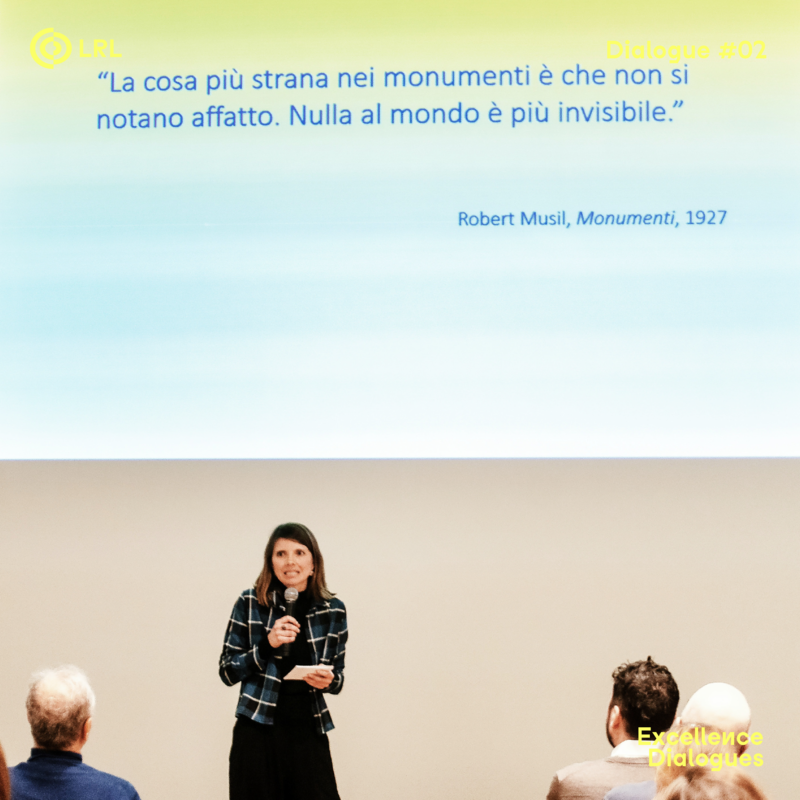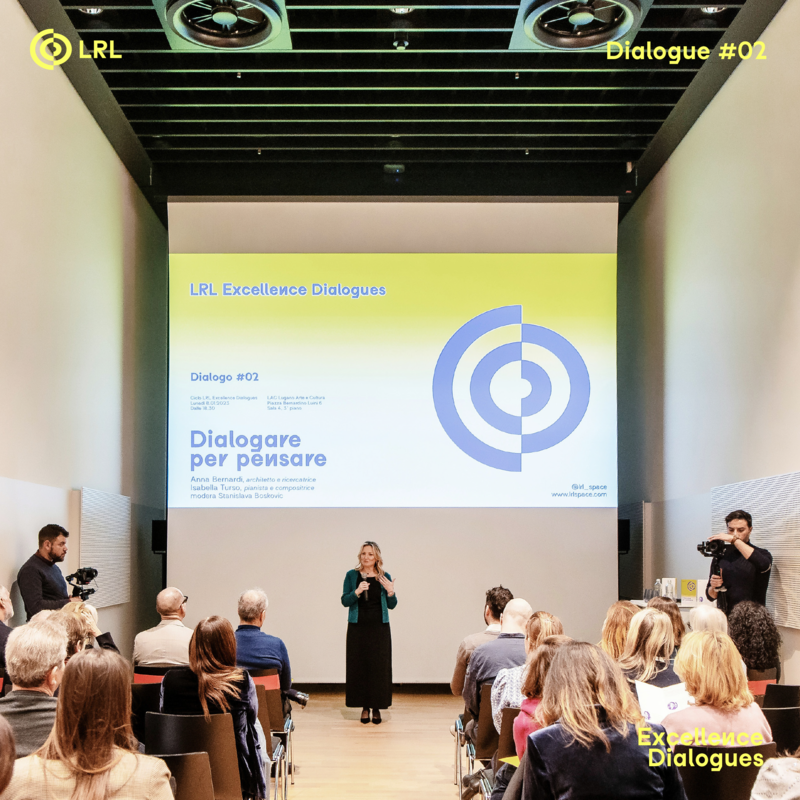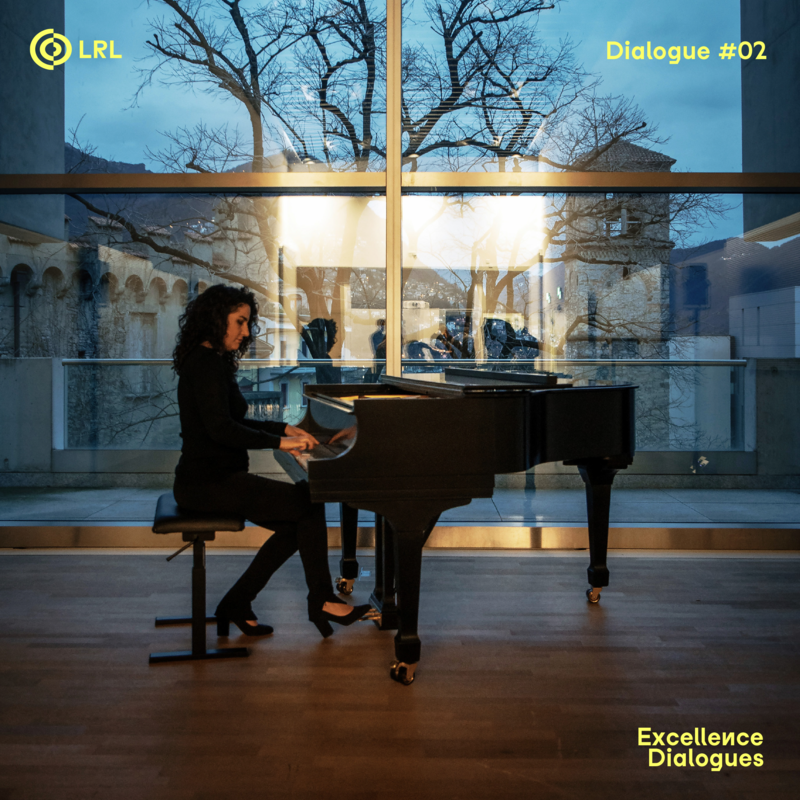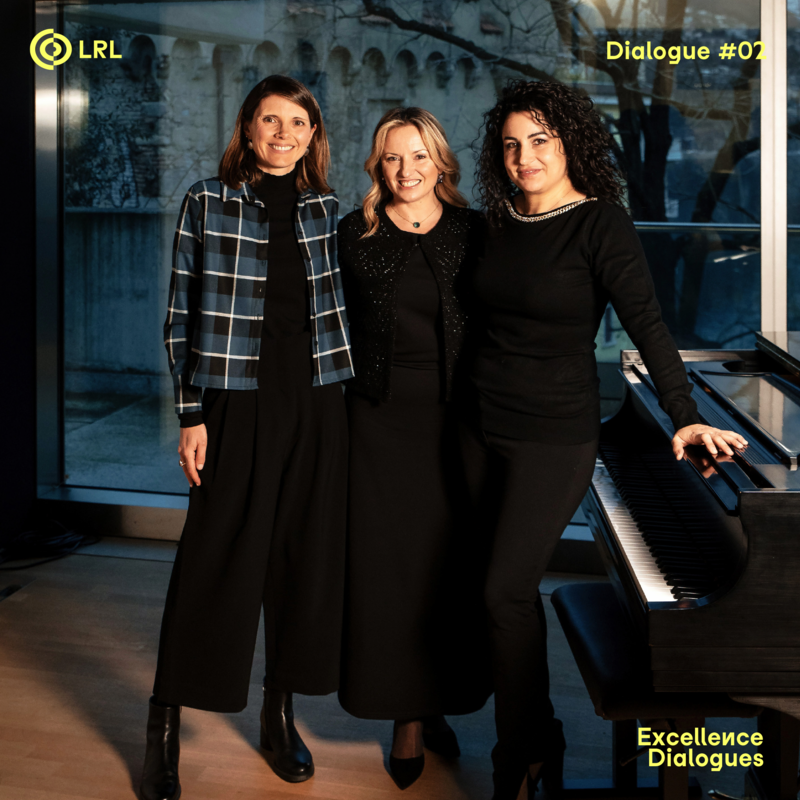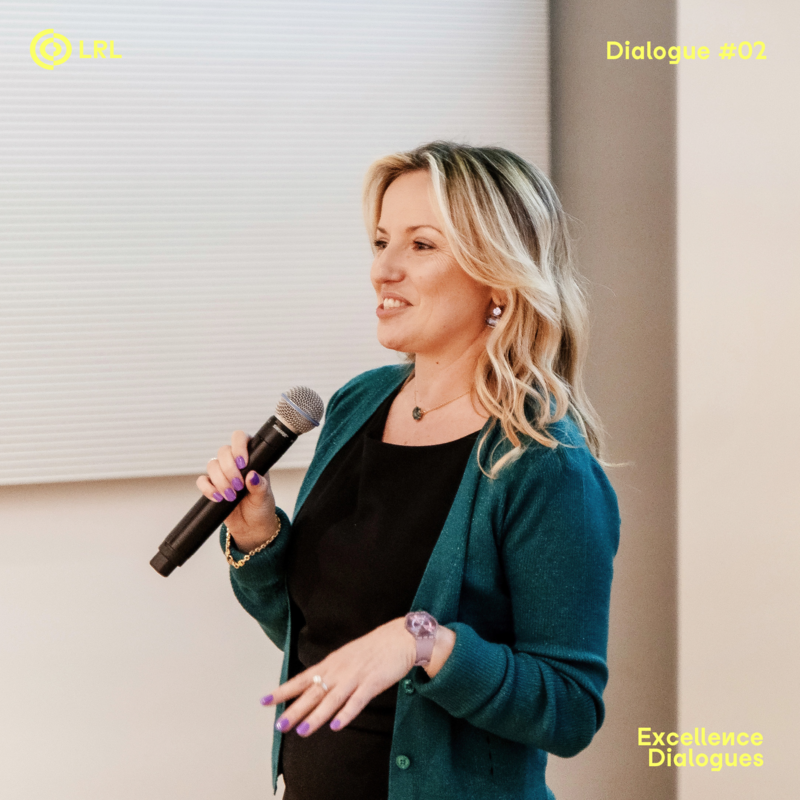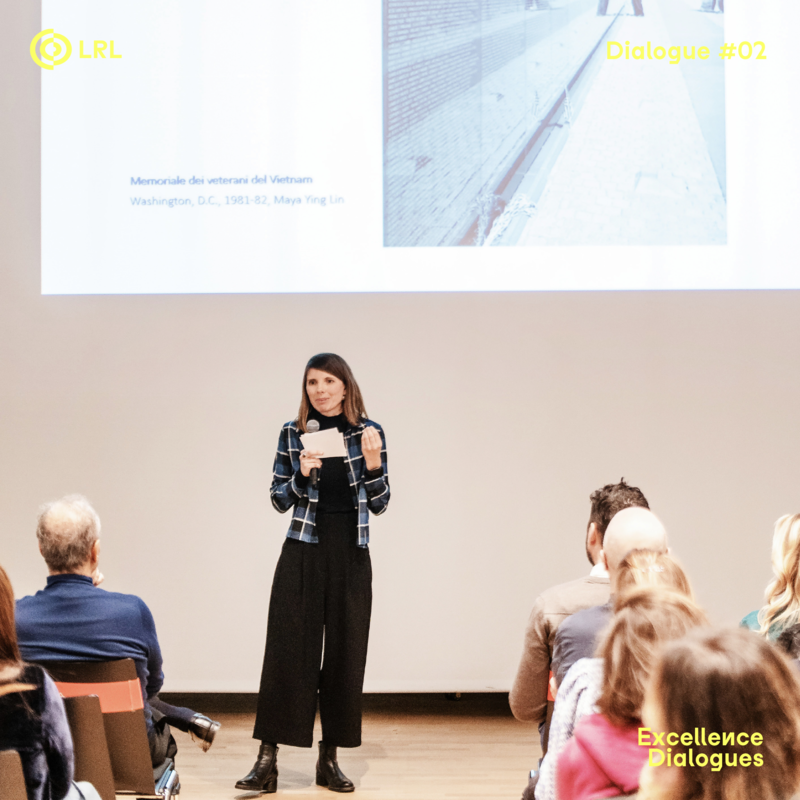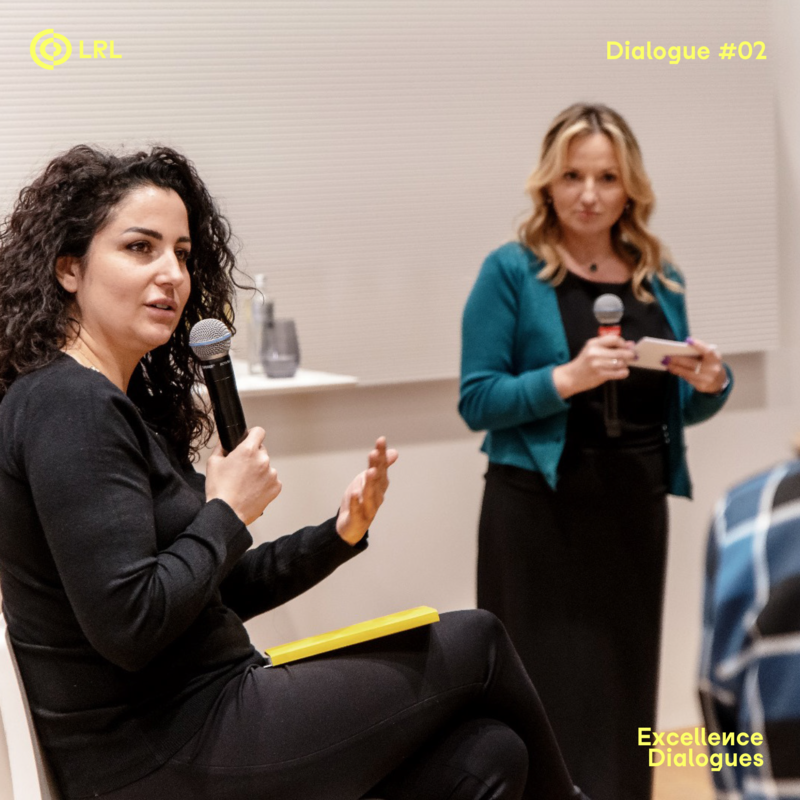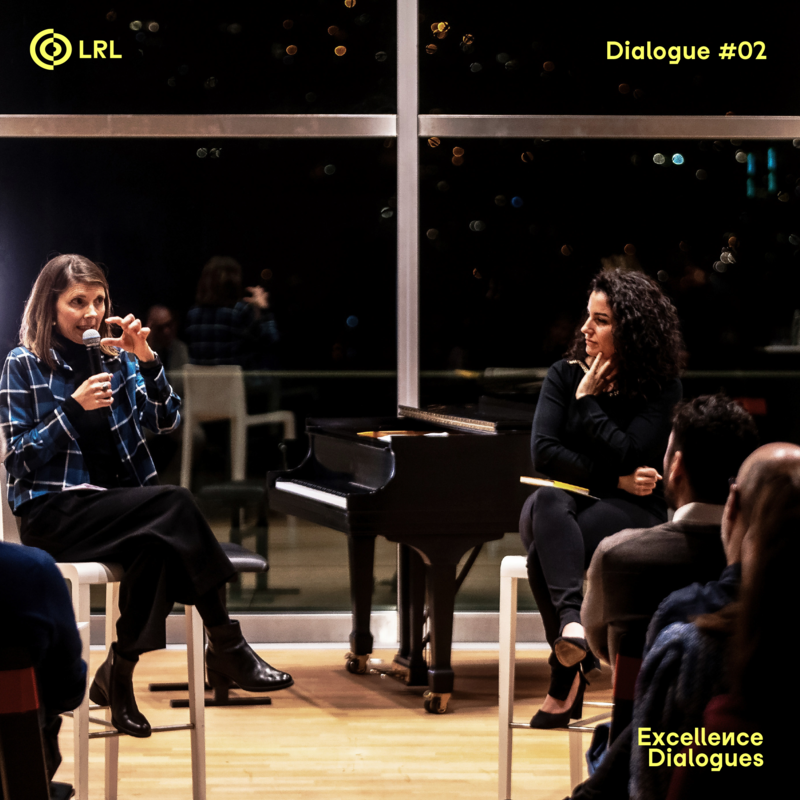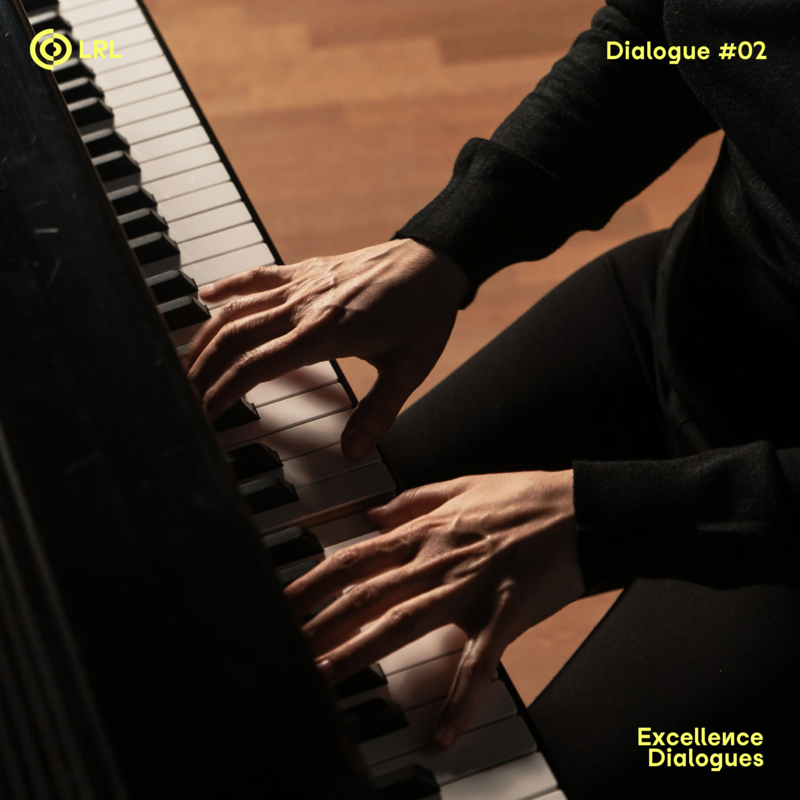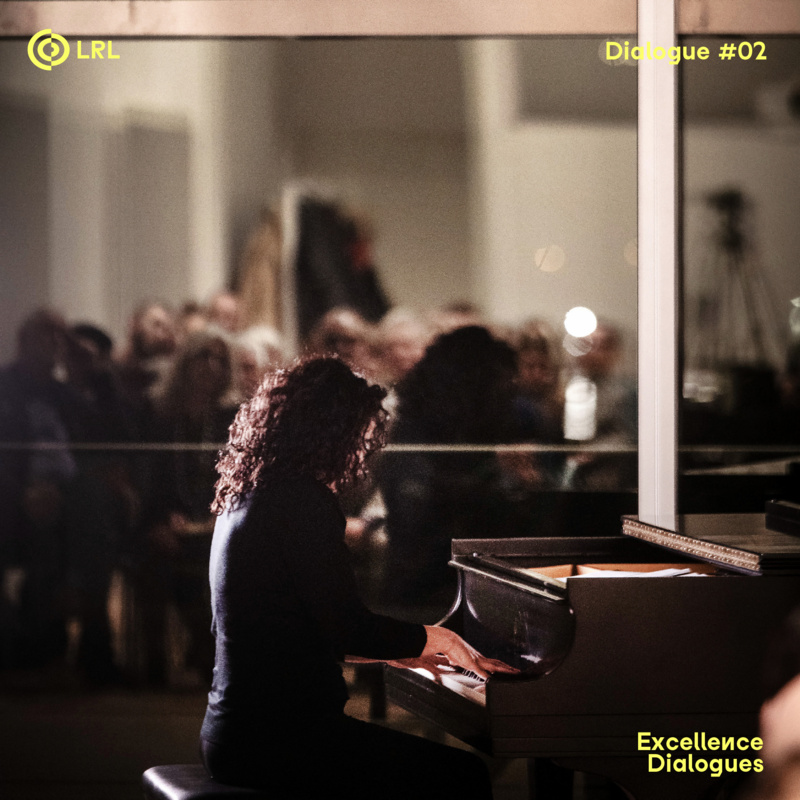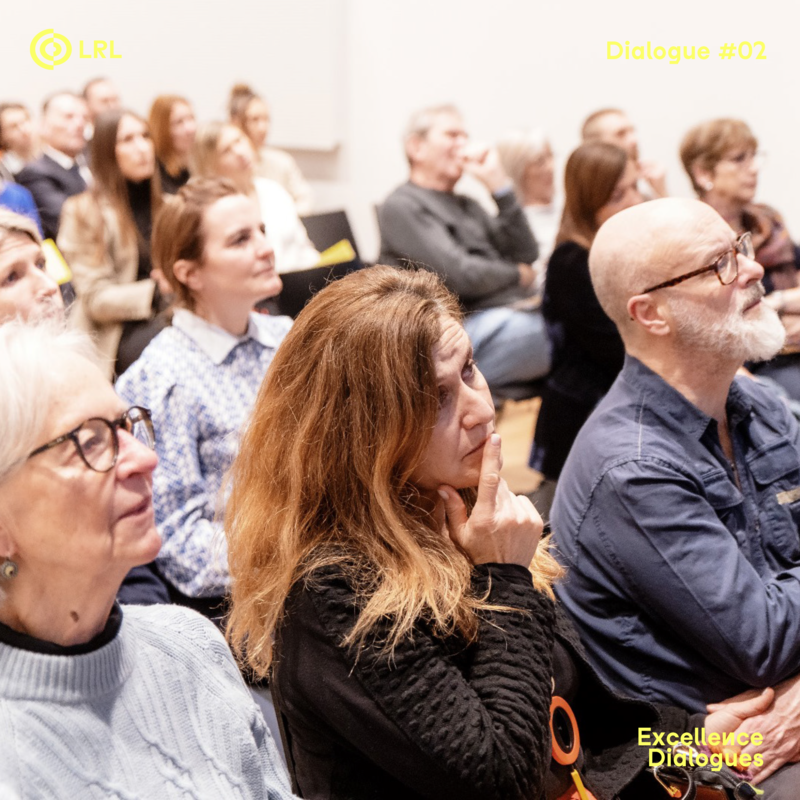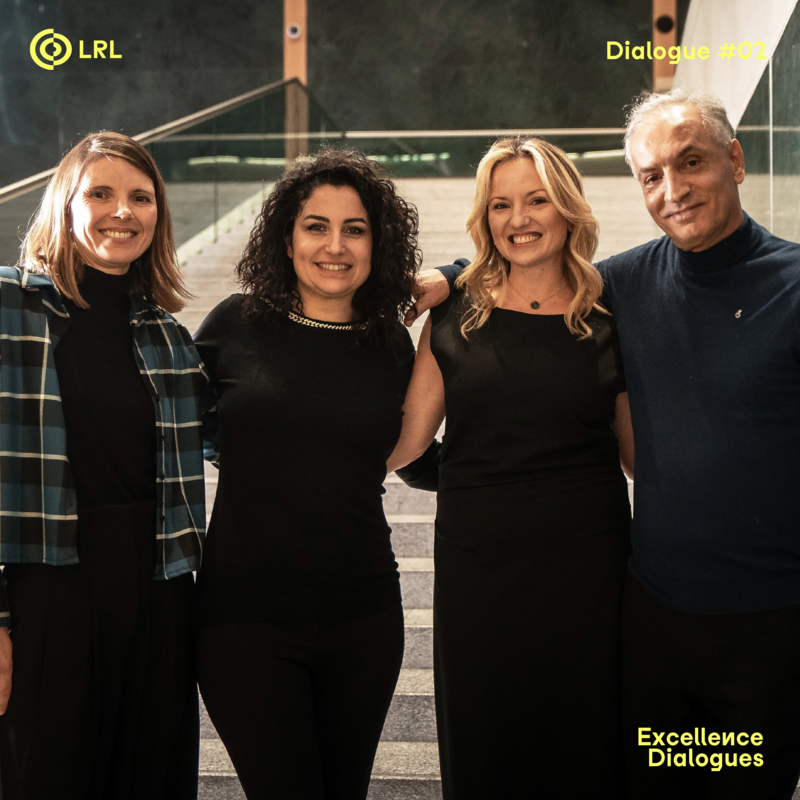DESIGN
Dialogue #02
MUSIC
WHEN
8th January 2024
WHERE
LAC Lugano Arte e Cultura
WHO
Anna Bernardi and Isabella Turso
DESIGN guest

ANNA BERNARDI
Lecturer and researcher at the Institute of the History and Theory of Art and Architecture (ISA) of Accademia di architettura di Mendrisio. She obtained her PhD at the same University, devoting herself to “architectures of trauma”.
Her privileged field of investigation is focusing on aesthetical, ethical, and political significance of places of memory related to historical events of the 20th and 21st centuries, and specifically on modalities in which memorial spaces are experienced. She is the author of Architettura e politiche della memoria. Louis I. Kahn e Peter Zumthor: due progetti non realizzati (Mendrisio Academy Press, 2023), winner of the “Premio Emilia Zinzi per la storia dell’arte 2023”.
MUSIC guest

ISABELLA TURSO
Pianist and composer, graduated with honors in piano and chamber music from the Trento Conservatory. She approaches the classical music repertoire with the same ease as she navigates jazz, rock, pop, and rap, while having a unique ability to convey her music to the audience while preserving the integrity and complexity of her artistic inspiration.
Throughout her career, she has collaborated with numerous artists and has released three solo albums: All Light, Big Break, Omaggio a Donaggio, and one featuring rapper Dargen D’Amico, titled Variazioni. Her Omaggio a Donaggio had its world premiere at the America Opera Center in New York.
Keynote highlights
Dr Bernardi explored what does it mean nowadays to relate to a place of memory. Almost a century ago, Robert Musil had ironically observed how monuments had become invisible: despite being made to be seen, they paradoxically stared to escape our visual perception.
“La cosa più strana nei monumenti è che non si notano affatto.
Nulla al mondo è più invisible.”
Robert Musil, Monumenti, 1927
Musli’s intuition, even after many decades, has urged several contemporary artists and architects to conceive new memorial forms, increasingly focusing on multi-sensory involvement and the motor-experiential dimension.
-
You touch the wall of names of the Vietnam Veterans Memorial in Washington, D.C. (1982).
-
You see the sign engraved on the surface of the Monument against fascism in Hamburg (1986-1993).
-
You listen testimonies in the Audiovisual Museum of the Resistance in Fosdinovo (2000).
-
You breathe the vapors in the commemorative installations of Teresa Margolles (2001 -2002).
-
You walk among the steles of the Holocaust Memorial in Berlin (2005).
-
And you trample on the instruments of violence in the Fragmentos space of art and memory in Bogota (2018).
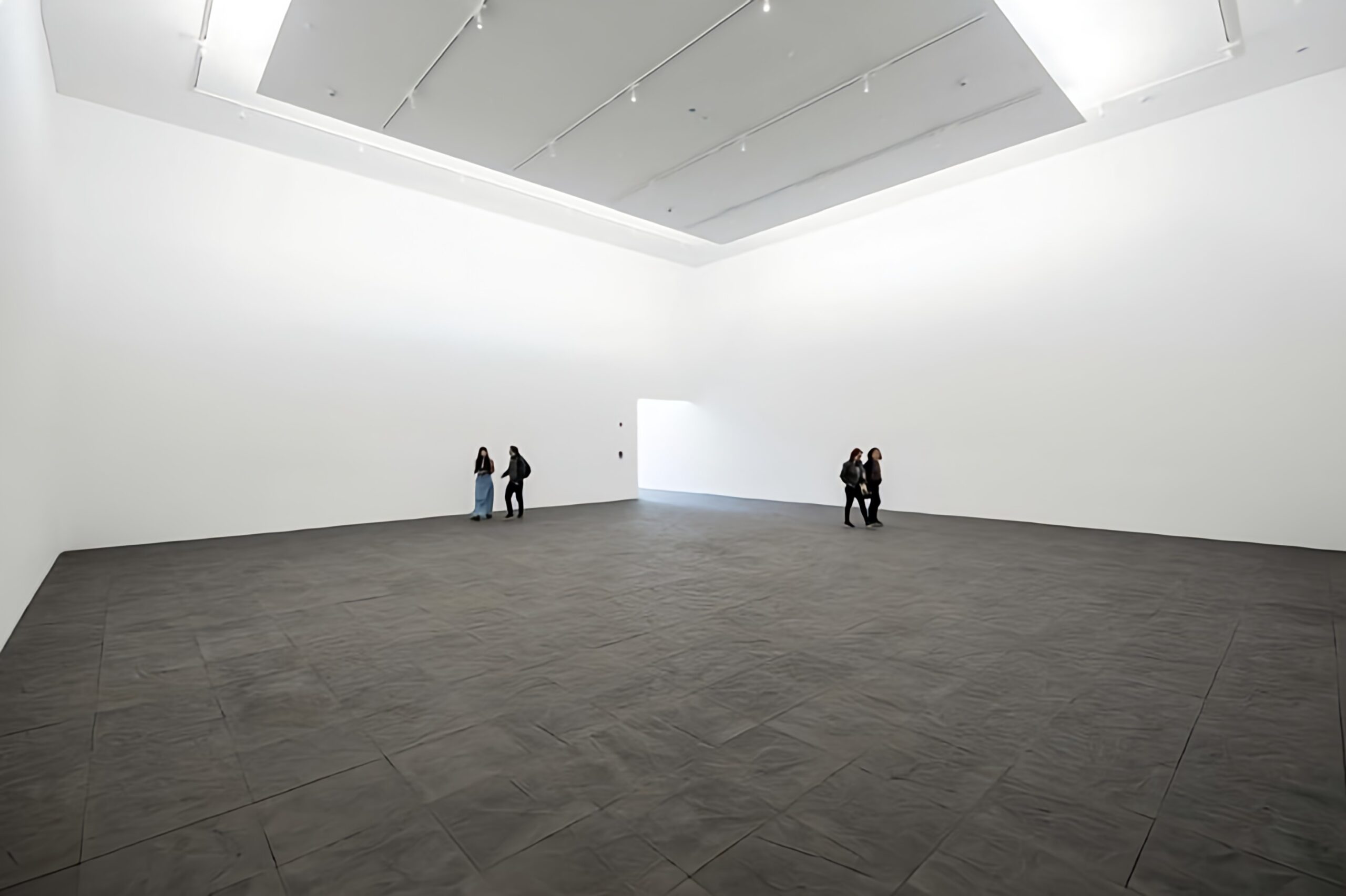
From Dr Bernardi’s presentation.
Fragmentos. Espacio de Arte y Memoria. Bogotà, 2018, Doris Salcedo. Photo Juan Fernardo Castro
A leading role in the transmission of collective memory consists in memorials’ ability to guarantee functional effectiveness and at the same time offer shared experiences, setting emotions in motion with significant repercussions on our neuronal circuits. From this perspective, places of memory are increasingly configured as open devices, where the aesthetic-representative aspect gives way to collective experience and the active participation of communities.
Two wonderful guests explored the importance of perception, experience and inclusiveness of space through the fascinating links between music and architecture of memory.
